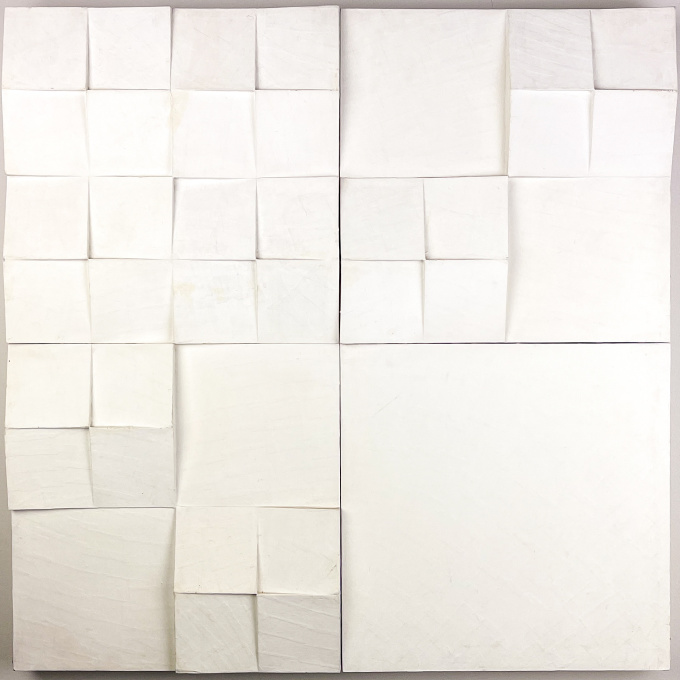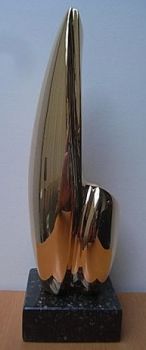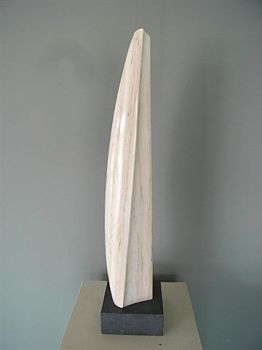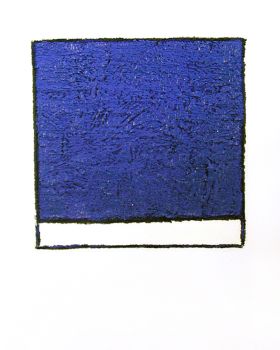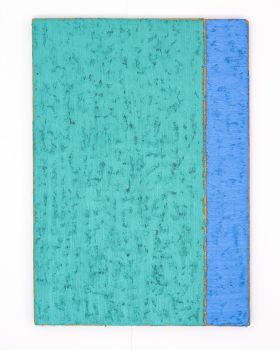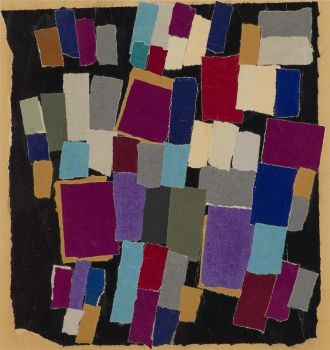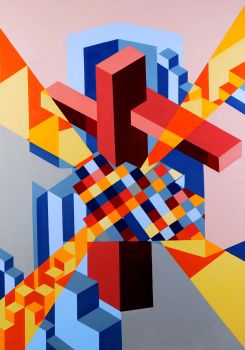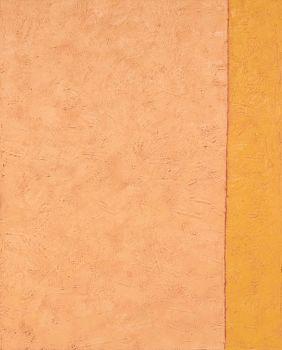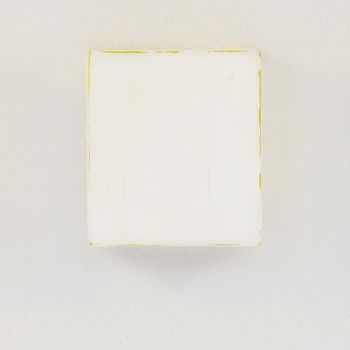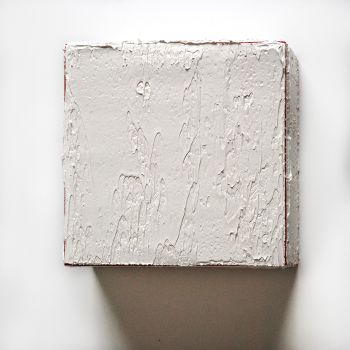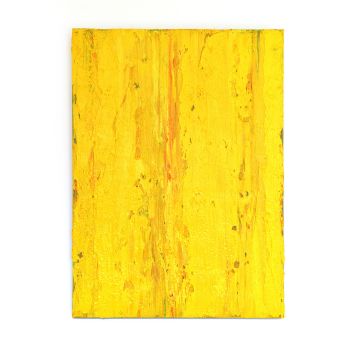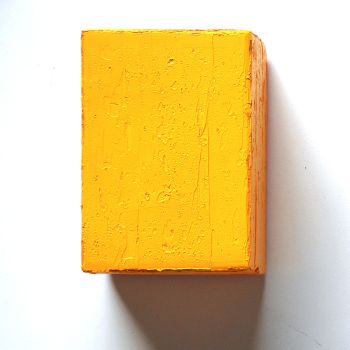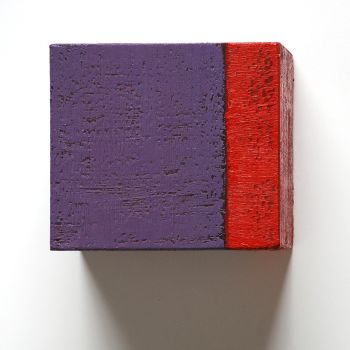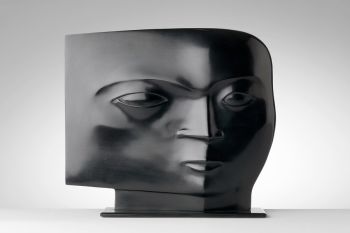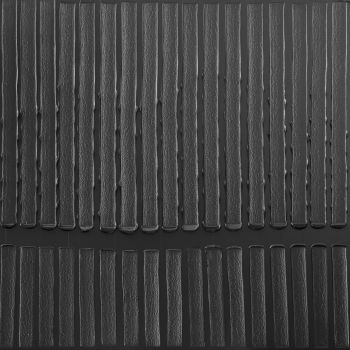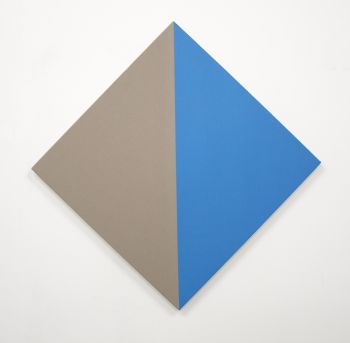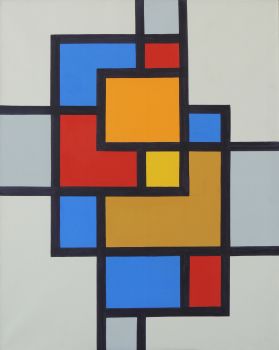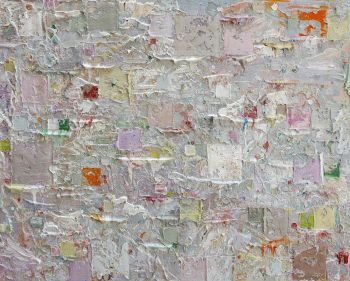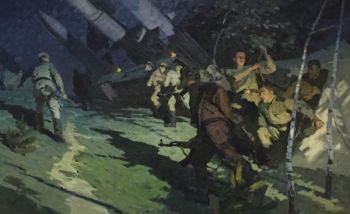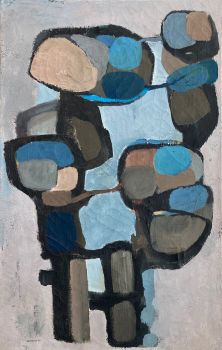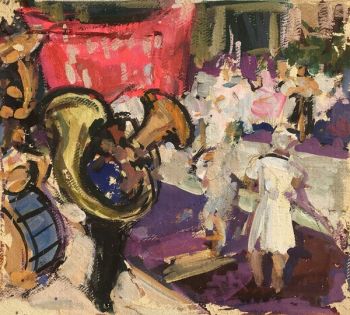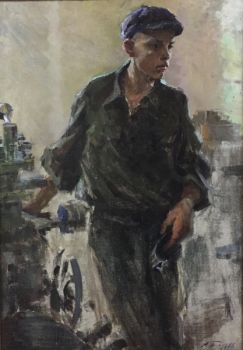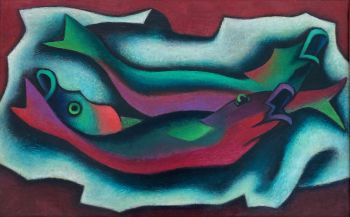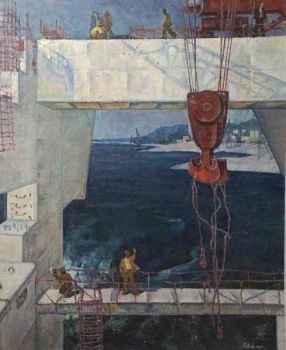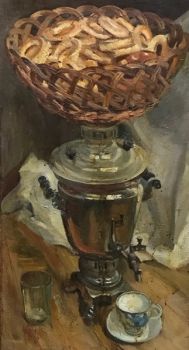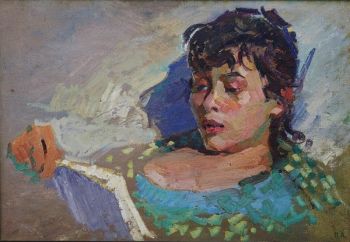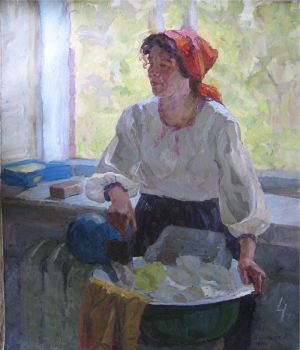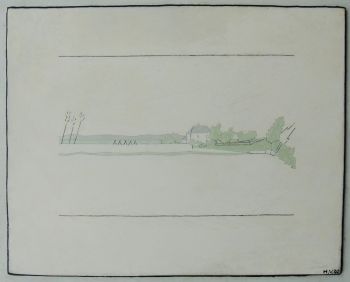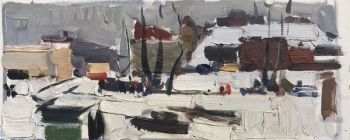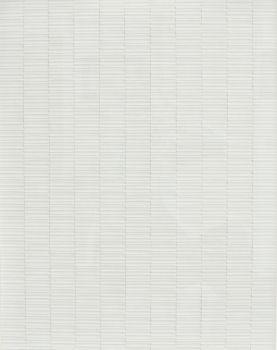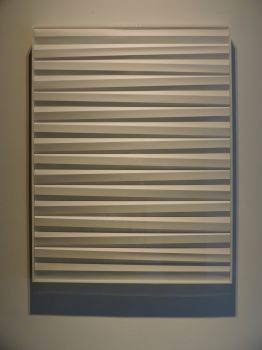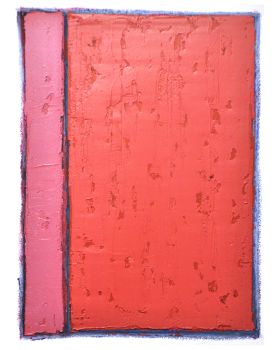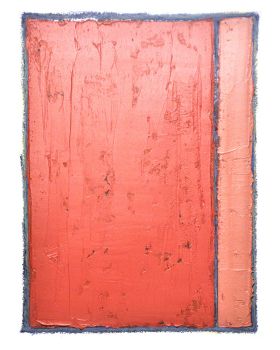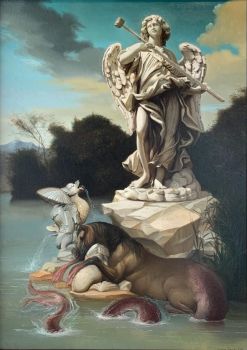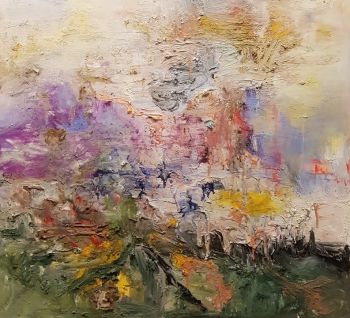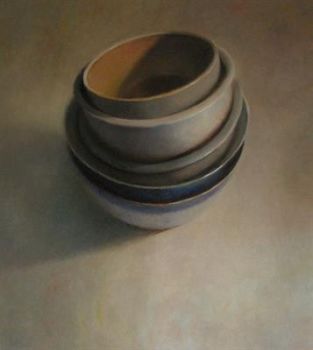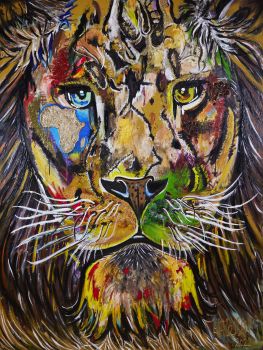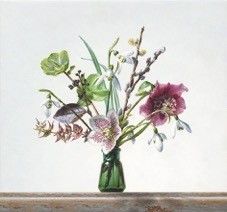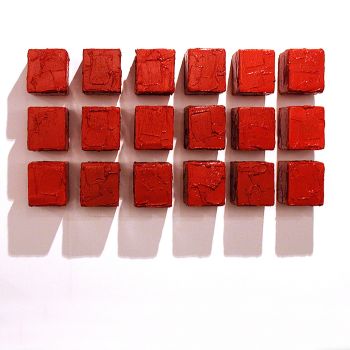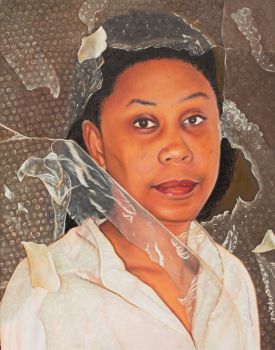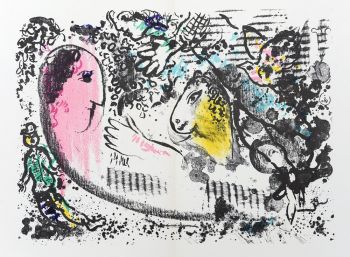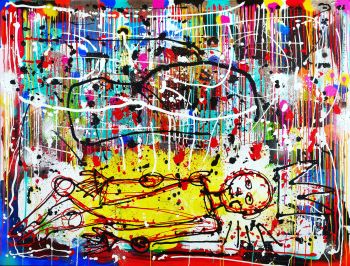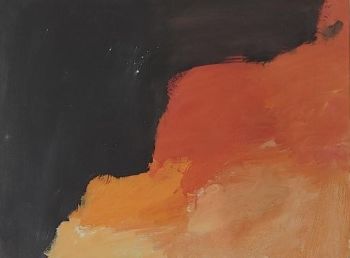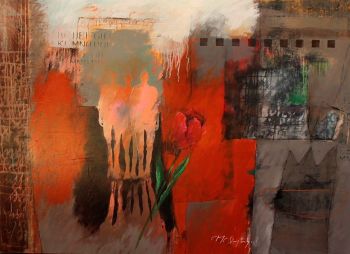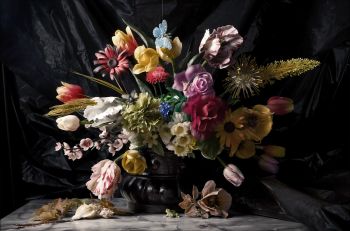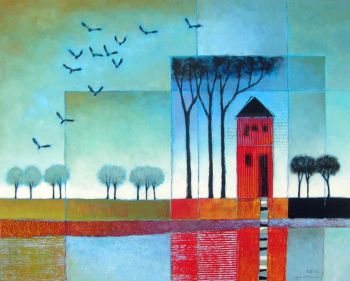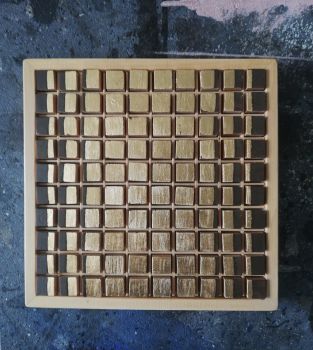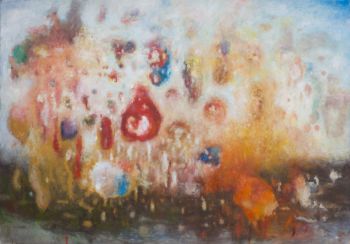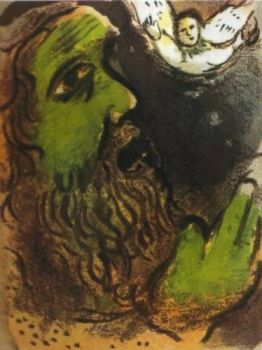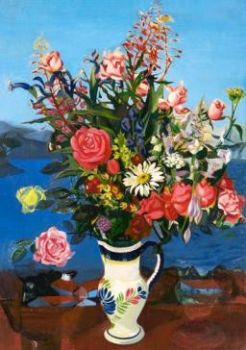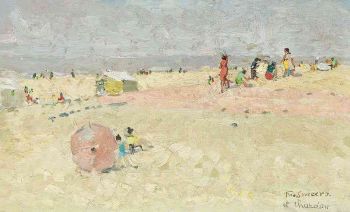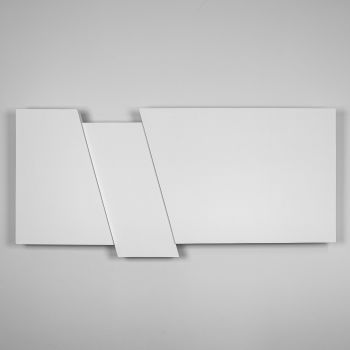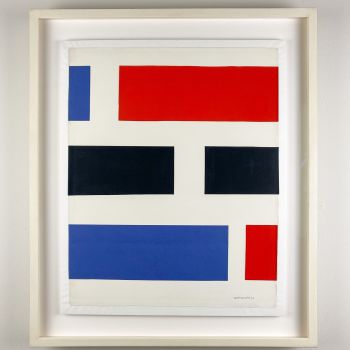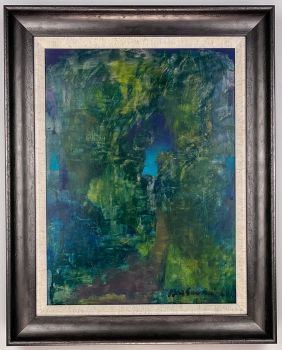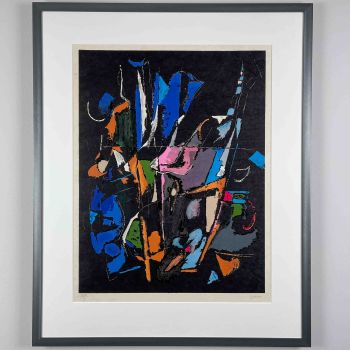Jaap Egmond – “IH 11-IH 12-IH 15-IH 16”, 1976 – relief: paper mache on wood, painted 1976
Jaap Egmond
LegnaCartapestaDipingere
80 ⨯ 80 ⨯ 6 cm
ConditionGood
Prezzo su richiesta
Van Kerkhoff Art
- A proposito di opere d'arteAn original relief – painted paper mache on wood – by the Dutch artist Jaap Egmond. Sculpted in May and June 1976. Signed, titled and dated by the artist. The relief consists of four pieces each signed, titled and dated on the reverse, merged together in the final artwork. In clockwise order (seen from the front) the quarters are titled “IH 11”, “IH 12”, “IH 15” and “IH 16”. Jaap Egmonds works are very mathematically driven – very much in contrast with his inspirer Jan Schoonhoven. This work is a prime example of this where the diagonally opposite quarters complement each other mathematically.
About Jaap Egmond
Jacob Johannes (Jaap) Egmond (New York City 1913 – Amstelveen 1997) was a Dutch artist, sculptor, painter, teacher and also a gifted pianist.
Born in New York as the son of a captain on the deep sea, moved back to the Netherlands with his family due to the threat of World War I. He grew up in Amsterdam and completed his training as a drawing teacher at the Rijksinstituut tot Opleiding van Tekenleraar from 1932 to 1936. In his early years, he also studied piano at the Amsterdam Conservatory of Music.
After his training, Egmond started working as a drawing teacher at several schools in Amsterdam in 1937, which was the beginning of a lifelong dedication to teaching. After the war, he taught at the Vossius Gymnasium and later at the Kweekschool and the Pedagogical Academy in Amsterdam. In collaboration with colleague Klaas de Poel, he developed a new teaching method for the Teacher Training College.
In 1969, Jaap Egmond settled as an artist in Amstelveen. During his career, he made abstract reliefs, strongly influenced by the work of Jan Schoonhoven, with which he became a representative of minimalism in the Netherlands in the 1970s and 1980s. His work, ranging from cardboard and paper to freestanding work in steel, was characterised by the play of light and shadow and monochromy.
Egmond exhibited his art from the early 1970s in galleries and art institutions. In the 1980s, he also experimented with total theatre, with his large plastics serving as sets for modern music performances, in collaboration with Wim de Ruiter.
Jaap Egmond is remembered as a constructivist artist, whose work is influenced by the Dutch Zero movement. His creations reflect a constant search for form, light and shadow, and monochromy, through which he left a lasting impact on Dutch art.
Signed
Signed, titled and dated by the artist on the reverse
Condition
Good original condition, some stains, small water-damage on the side.
Provenance
Borzo Gallery, Amsterdam
Dimensions
Artwork
Height 80 cm
Width 80 cm
Depth 6 cm - A proposito di opere artista
Jacob Johannes (Jaap) Egmond (nato il 31 agosto 1913 a New York, morto il 26 novembre 1997 ad Amstelveen) è stato un versatile artista olandese, noto per il suo lavoro come scultore, pittore e insegnante, nonché per le sue capacità di artista. pianista.
Egmond ha dato un contributo significativo all'educazione e alla teoria artistica, soprattutto nei settori dell'apprezzamento dell'arte e dell'educazione al disegno.
La sua opera, composta principalmente da rilievi astratti, mostra una chiara affinità con l'opera di Jan Schoonhoven e lo colloca come una figura di spicco all'interno del movimento minimalista nei Paesi Bassi negli anni '70 e '80.
Nato a New York come figlio di un capitano, Egmond si trasferì con la famiglia nei Paesi Bassi a causa della minaccia della prima guerra mondiale, dove crebbe ad Amsterdam. Tra il 1932 e il 1936 si formò come insegnante di disegno presso l'Istituto nazionale per la formazione degli insegnanti di disegno di Amsterdam, dopo aver studiato pianoforte per un anno al Conservatorio di Amsterdam.
Dopo gli studi, iniziò come insegnante di disegno ad Amsterdam nel 1937, ruolo che ricoprì per tutta la sua carriera. Dopo la seconda guerra mondiale insegnò al Vossius Gymnasium e successivamente all'Accademia pedagogica di Amsterdam, dove insegnò disegno, lavoro manuale e storia dell'arte.
Negli anni '60, insieme al collega Klaas de Poel, sviluppò un metodo di insegnamento innovativo per la Kweekschool, che fu incluso in diversi libri di testo.
Nel 1969, Egmond si stabilì come artista ad Amstelveen, dove si concentrò sulla creazione di centinaia di rilievi in cartone e carta, seguiti successivamente da esperimenti con l'acciaio e la pittura. Negli anni '80 ha lavorato con Wim de Ruiter su progetti teatrali totali, in cui le sue grandi sculture formavano uno sfondo dinamico per spettacoli musicali moderni.
Egmond, che da giovane esitava tra la carriera di pianista e quella di insegnante d'arte, in seguito lavorò come accompagnatore per cantanti all'interno di un circolo ristretto. Era sposato con Joke Sprokkereef (1918-1986), un insegnante, e insieme ebbero quattro figli. La famiglia visse ad Amstelveen dopo la seconda guerra mondiale.
Come artista, Egmond è considerato un costruttivista, fortemente influenzato dal movimento olandese Zero. Il suo lavoro è caratterizzato dall'uso di luci e ombre e da una preferenza per la monocromia, con la quale ha dato un contributo unico all'arte moderna olandese.
Sei interessato ad acquistare questa opera d'arte?
Artwork details
Related artworks
Rene Rietmeyer
"Portrait of Lawrence Weiner, May 1999"1999
Prezzo su richiestaEuropean Cultural Centre Collection
1 - 4 / 24- 1 - 4 / 24
Rene Rietmeyer
TOKYO - Kudan House - January 2021 #052021
Prezzo su richiestaEuropean Cultural Centre Collection
Rene Rietmeyer
TOKYO - Kudan House - January 2021 #012021
Prezzo su richiestaEuropean Cultural Centre Collection
Roman & Henriëtte Reisinger
Stilleven met bloemen - januari2022
Prezzo su richiestaAtelier/ Galerie H&R Reisinger
1 - 4 / 24- 1 - 4 / 12

